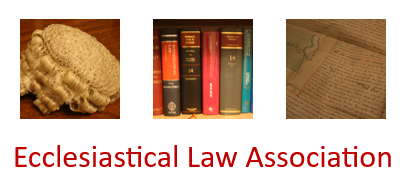The petition proposed a new, large moveable altar (to be placed at the junction of the chancel and the nave), an altar platform and new Communion rails, the removal of the mediaeval screen (to make way for the nave altar) and the removal of choir stalls and pews in the chancel, the moving of the pulpit and the removal of the lectern, and other items. Thirty-six parishioners objected to the removal of the mediaeval screen, which contained a complete set of paintings of the twelve Apostles. The Chancellor refused to grant a faculty for the removal of the screen, but indicated that he would look favourably on a proposal to site the new altar in the nave, in front of the screen, albeit that might involve removing some pews. He granted a faculty for the other items.

